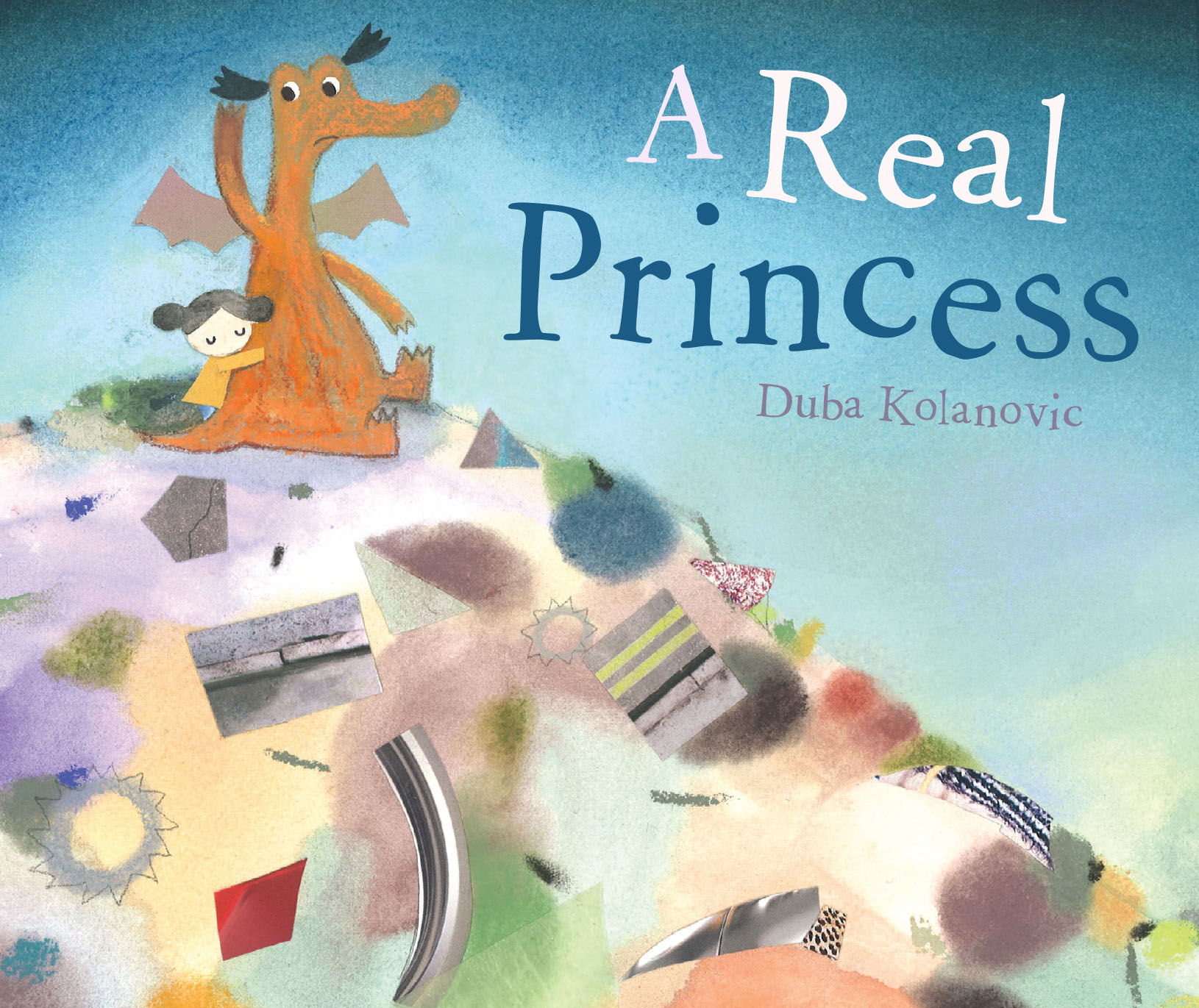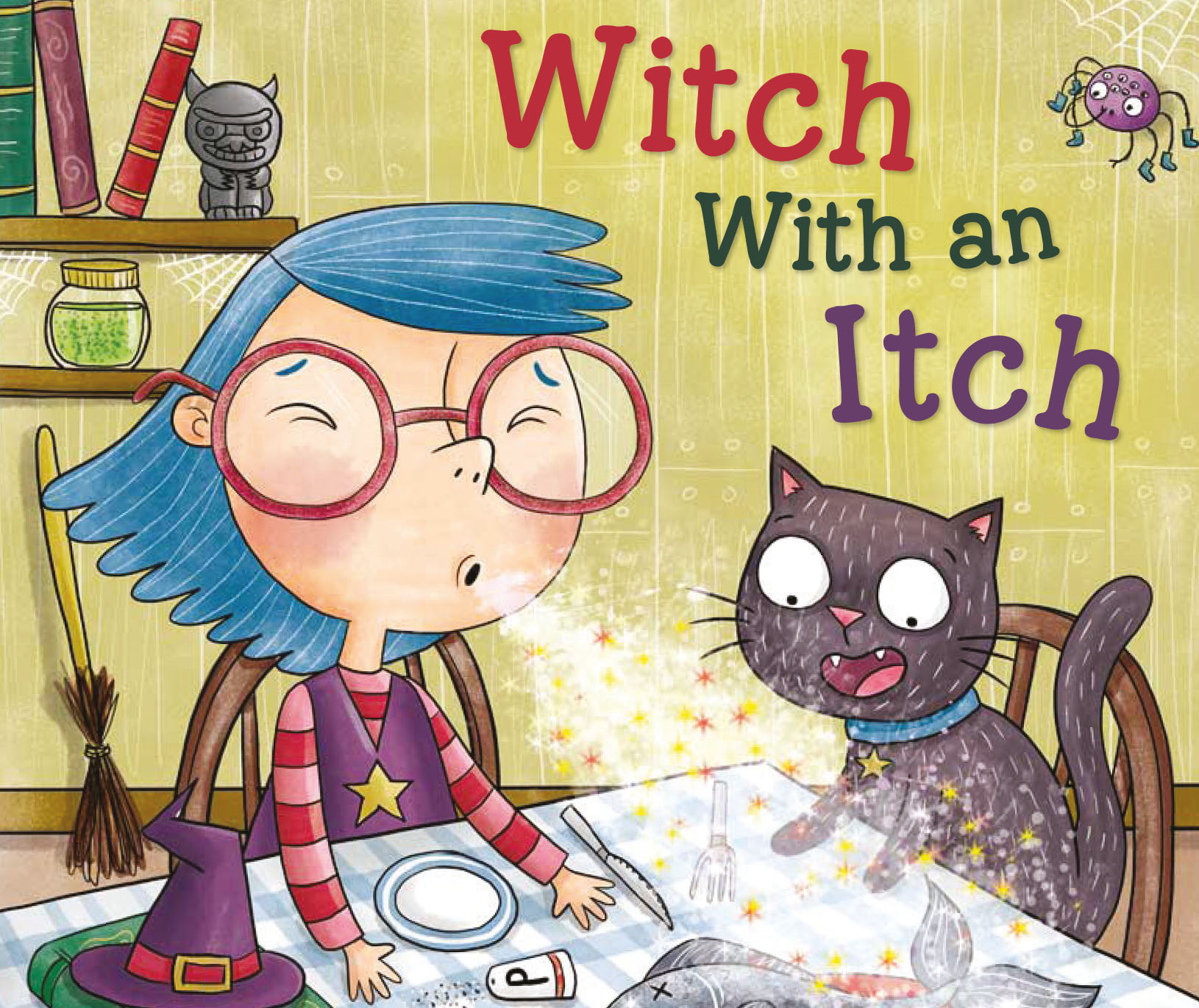SCBWI Story Writing Tips
Here are some story writing tips from the Society of Children’s Book Writers and Illustrators. (Compiled by our fabulous designer and illustrator, Elsa!)
Starting a story can be tricky, but finishing one is much harder! And even if you do manage to finally get that idea finished, perhaps something’s just not right. The plot seems sluggish, the characters aren’t communicating well, or the end is leaving readers disappointed. Somehow an idea that seemed to have so much potential falls apart when you put it into words. Inspired by top literary agents at the Society of Children’s Book Writers and Illustrators, we’ve put together some tips to help you identify and eliminate common problems that arise when writing a story.
Start with a bang!
Once you’ve laid out a basic structure, take a step back and make sure you’re not entering the story too early. To create an engaging narrative you want to kick-start the adventure and let the plot play out right from the beginning. Transport your reader to the world you’ve created, but don’t waste time on excessive description. The first section of your story should lay out all the important information including the genre, the characters, the biggest problem they face, and the thing that’s special about them (the USP of your story). For picture books, this would be in the first 1-5 pages, the first chapter for novels.
Develop characters you can build a relationship with.
Unique and believable characters are essential to making the reader fall in love with your story. So it’s disheartening when a character isn’t as fully formed on paper as it is in your own head. Carry out a dialogue test to see if your characters are communicating well; write a section of dialogue between two characters and then switch the roles. Does it still make sense? If so, you need to work on developing the character’s voice.
The best way to do this? Get in character! Write a monologue for your character that’s outside of the story. This could be a diary entry, an essay, or a homework assignment, maybe just an internal conversation with themselves. Pretend you are who you are portraying. Capture their strengths and weaknesses, hopes, fears, and uniqueness.
Build a world you can see and feel.
Rather than describing the physical setting in lengthy detail, put emphasis on why the story is taking place there and how the characters move and integrate with their surroundings. Take inspiration from your own routine and how your surroundings affect you emotionally; irritated and claustrophobic in morning traffic, relaxed and calm during an afternoon walk in the park, cozy and safe at home in the evening, etc.
Construct a killer plot.
Focus on the crucial message of the story, what is it you want the reader to learn? What is the driving force and motivation behind the plot, and where’s the heart? If there are lulls in your plot, take a look at whether you’re spending too much time explaining rather than letting the characters express themselves through their actions. Draw up a timeline to make sure the sequence of events flows smoothly and nothing is missed.
No matter how good your story is, if you don’t stick the landing, your readers are going to be frustrated. To avoid an anti-climax, the main things to remember are not to overwrite it – letting the ending drag on for longer than is necessary, and equally not to underwrite it with an abrupt ending that leaves the reader confused. Draw everything to a satisfying close.
Happy story writing!
(P.S the images shown are some of the lovely stories from our most recent LaB portfolio. By the talented Duba Kolanovic, Sarah Lawrence and Paul Nicholls!)



